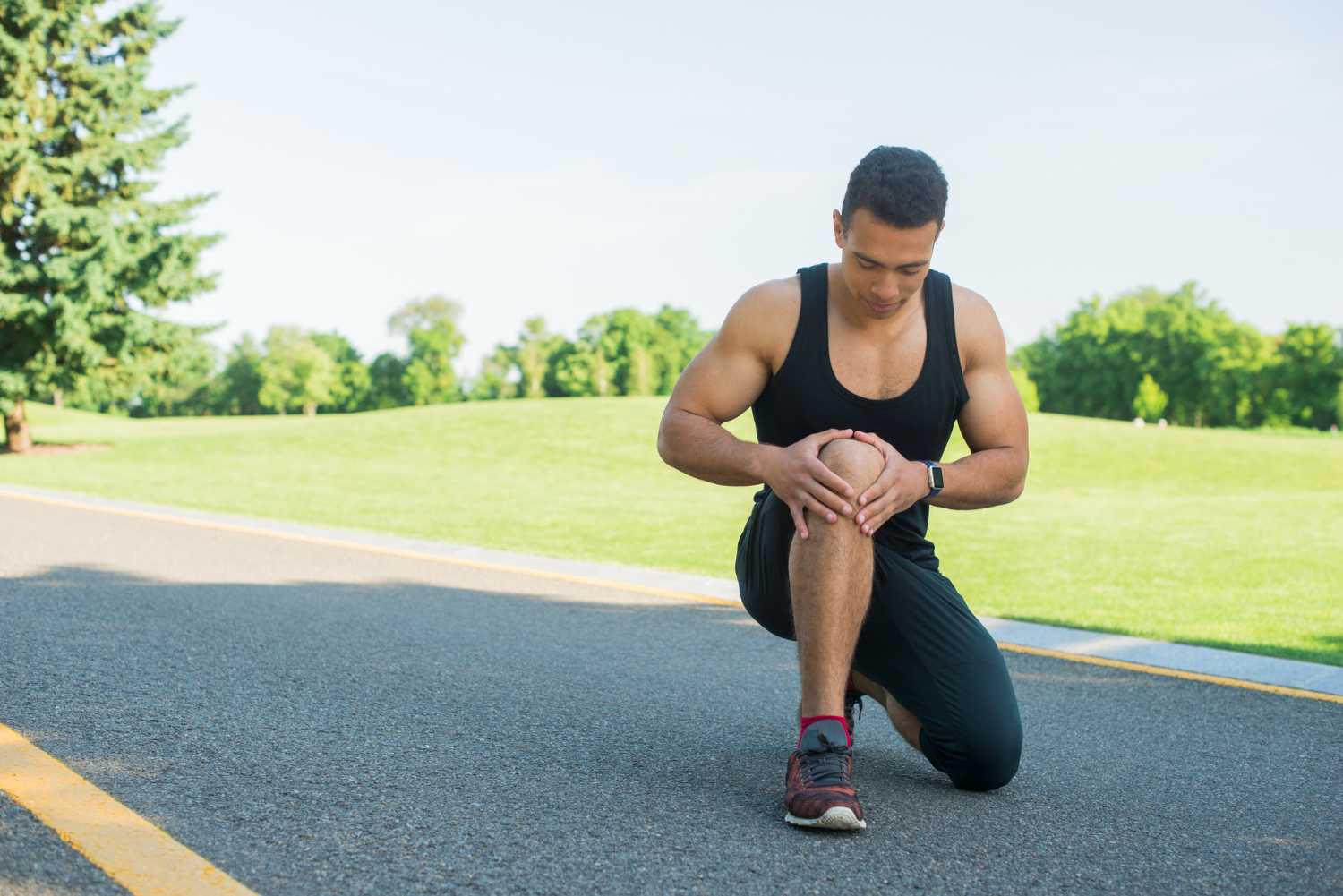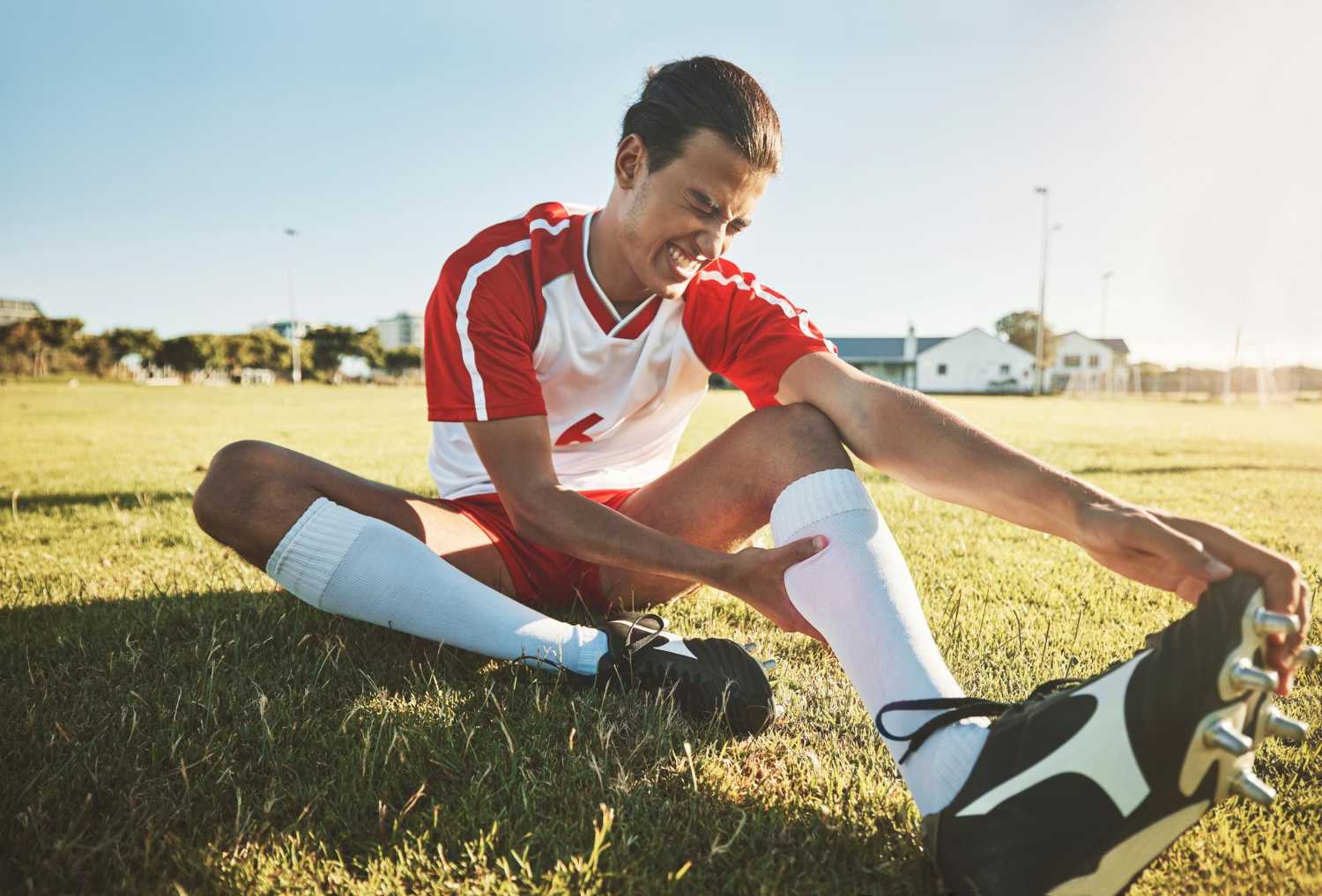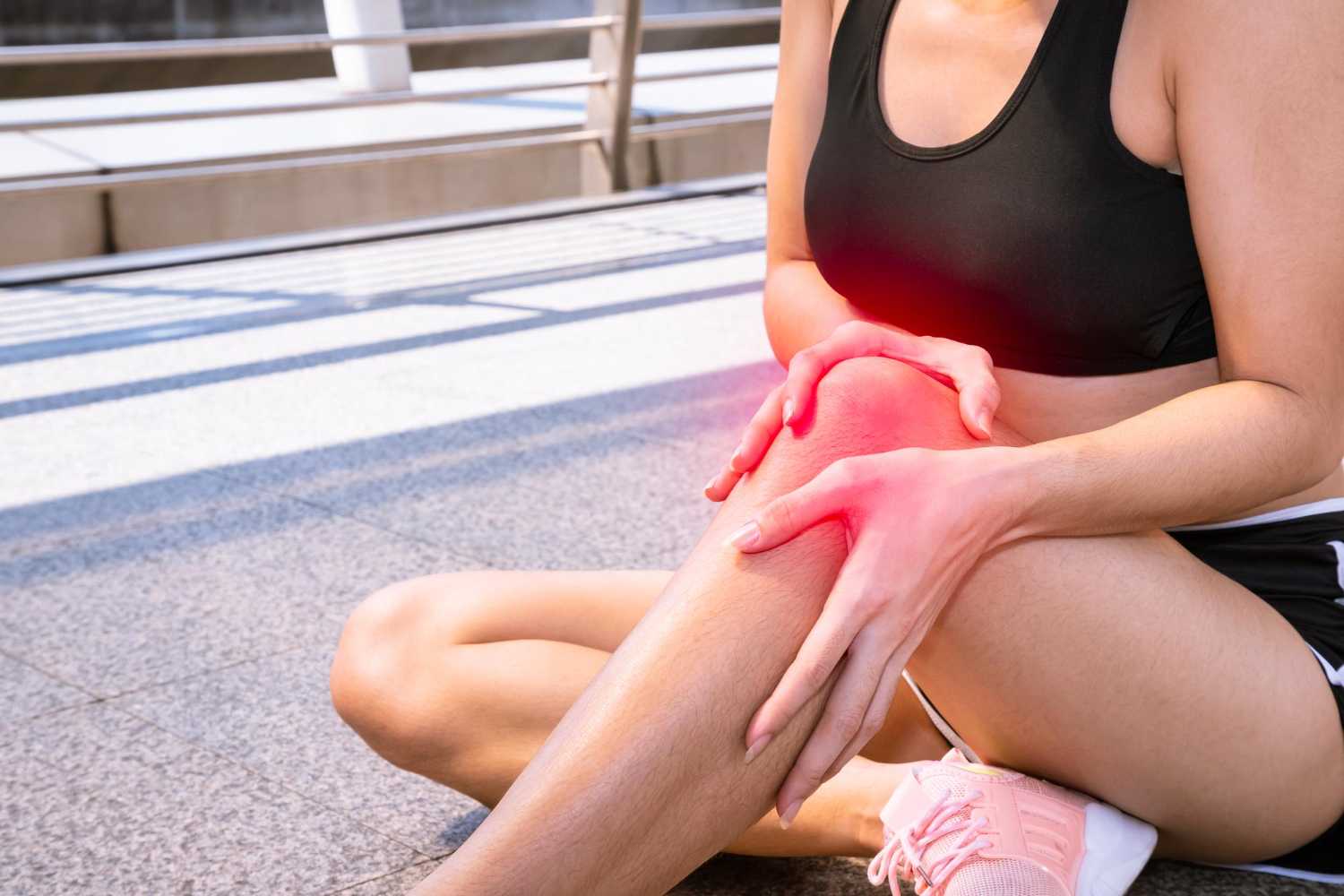
Sports-related knee injuries often result from sudden stops, twists, or impacts during high-performance movements.
Knee injuries in sports are among the most frequent problems affecting both amateur and professional athletes. The knee joint takes on immense stress during high-impact activities, sudden twists, and rapid direction changes. When injured, ignoring the signs can cause long-term mobility issues, chronic pain, and even permanent joint damage.
Early diagnosis and appropriate care help prevent complications. This article outlines the most common knee injuries in sports, how to recognize them, and the best ways to recover while avoiding future damage.
The anterior cruciate ligament (ACL) stabilizes the knee. It can tear during quick pivots, awkward landings, or sudden stops—common in sports like football, basketball, and skiing.
This cartilage acts as a cushion between the thighbone and shinbone. Meniscus tears often occur when the knee twists while bearing weight, especially during soccer or tennis.
A dislocated kneecap can result from a hard blow or a sudden shift in direction. This injury is common in contact sports or during high-speed turns.
These ligaments stabilize the inner and outer parts of the knee. Injuries occur due to side impacts or overstretching.

ACL tears are one of the most common knee injuries, often occurring during sudden changes in direction.
Inflammation of the bursa—a fluid-filled sac that cushions the knee joint—can result from repetitive kneeling or trauma.

Knee bursitis is inflammation of the bursa sac, often caused by repetitive kneeling or direct pressure.
Often caused by overuse, this inflammation of the patellar tendon (jumper’s knee) affects athletes in volleyball, basketball, and track.
High-impact collisions or falls can fracture the kneecap or nearby bones. These injuries are more severe and often require immediate medical attention.
Symptoms: Intense pain, bruising, and inability to move the knee.
Treatment: Immobilization, possible surgery, and extended rehab.
Ignoring knee pain can lead to long-term issues. Here’s why timely care is essential:
Non-Surgical Treatments
For mild or moderate injuries:
Surgical Treatments
For more serious conditions:
Knee rehab is not just about healing—it’s about preparing the joint for stress again.
1. Always Warm Up
Prepares muscles and joints, reducing the risk of tears and strains.
2. Strengthen Supporting Muscles
Core, hamstrings, and quadriceps keep the knee stable.
3. Use the Right Technique
Train under supervision and avoid improper movements during sports.
4. Wear Appropriate Gear
Knee braces, compression gear, and proper shoes offer joint support.
5. Don’t Push Through Pain
Early signs of injury should never be ignored. Rest if pain persists.
Q1. How do I know if my knee injury is serious?
If pain persists, swelling increases, or you can’t bear weight, it’s time to see a doctor.
Q2. Can knee injuries heal without medical help?
Minor sprains can heal with rest, but most injuries need proper diagnosis and rehab.
Q3. What kind of brace is best for sports knee injuries?
Hinged braces offer joint support, while sleeves help reduce swelling in milder cases.
Q4. How long is recovery after a sports knee injury?
It ranges from a few weeks for sprains to 6–9 months for ligament surgery.
Q5. Does diet play a role in knee injury recovery?
Yes. Anti-inflammatory foods—leafy greens, fish, nuts, berries—support joint healing.
Common knee injuries in sports don’t have to end your time on the field or court. Understanding symptoms, acting early, and following a structured treatment plan can ensure a full return to activity. Take your pain seriously, follow medical advice, and give your body the recovery time it needs. For persistent knee pain or injury, consult a qualified sports medicine expert to begin the right care path.
We offer expert care across key specialties, including Medicine, Cardiology, Orthopaedics, ENT, Gynaecology, and more—delivering trusted treatment under one roof.
Prakash Hospital Pvt. Ltd. is a 100 bedded NABH NABL accredited multispecialty hospital along with a center of trauma and orthopedics. We are in the service of society since 2001.
OUR SPECIALITIES
Contact Us
D – 12A, 12B, Sector-33, G. B. Nagar, Noida, Uttar Pradesh 201301
+91-8826000033

© 2025 All rights reserved.
Designed and Developed by Zarle Infotech